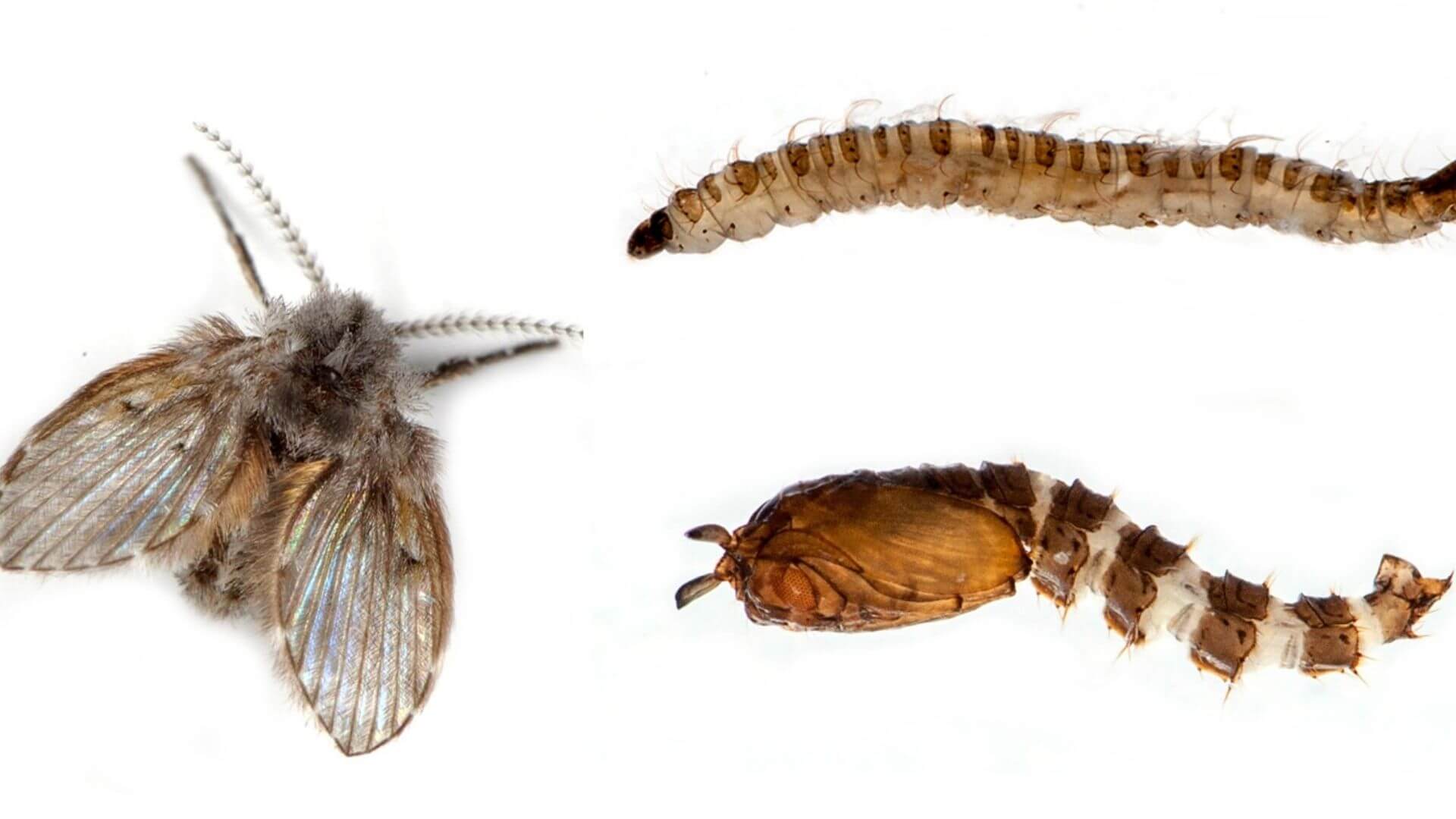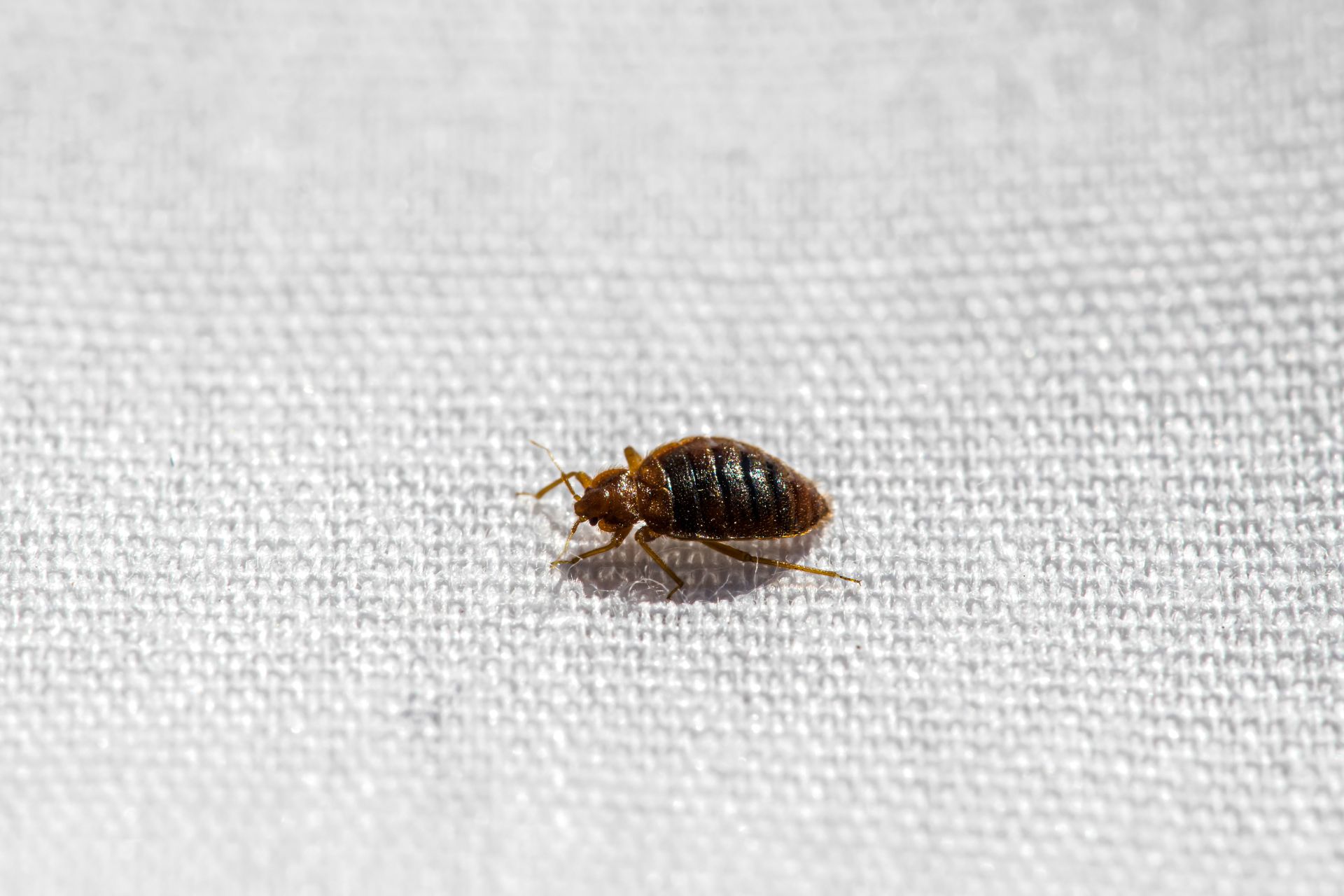Common Bathroom Pests

Bathrooms, with their dampness and potential for food sources, can attract a variety of small, flea-like bugs. These tiny creatures can be a nuisance, causing discomfort and even posing health risks. Understanding the different types of bathroom pests can help you identify them and take appropriate measures to control them.
Booklice
Booklice, also known as psocids, are small, wingless insects that resemble tiny, white or grayish moths. They have elongated bodies and long antennae. Booklice are commonly found in damp, humid environments, such as bathrooms, kitchens, and basements. They feed on mold, mildew, and organic debris, often found in books, paper, and other materials.
Booklice are not known to bite or transmit diseases, but their presence can indicate a moisture problem in your home.
Preventing and Eliminating Bathroom Bugs: Small Flea Like Bugs In Bathroom

Bathroom bugs are a common nuisance, but they can be effectively prevented and eliminated with the right knowledge and strategies. Understanding their habits and vulnerabilities is key to creating a bug-free environment.
Identifying Sources of Moisture and Food
Moisture and food are essential for the survival of bathroom bugs. Understanding these sources can help you effectively prevent and eliminate them.
- Leaky Faucets and Pipes: Leaky faucets and pipes create damp environments that attract bugs like silverfish and springtails.
- Shower and Tub Areas: Excess moisture from showers and baths can create ideal breeding grounds for bugs, particularly in poorly ventilated bathrooms.
- Unsealed Cracks and Crevices: Small cracks and crevices in walls, floors, and around pipes provide hiding places for bugs and access to moisture.
- Unclean Sinks and Drains: Food particles and debris in sinks and drains can attract bugs, particularly ants and cockroaches.
- Dirty Towels and Laundry: Damp towels and laundry provide moisture and food sources for bugs like moths and carpet beetles.
Preventing Bugs from Entering the Bathroom, Small flea like bugs in bathroom
Preventing bugs from entering your bathroom is crucial in controlling infestations.
- Seal Cracks and Crevices: Caulk or seal any cracks and crevices in walls, floors, and around pipes to prevent bug entry.
- Install Screens on Windows and Vents: Ensure all windows and vents have tight-fitting screens to prevent bugs from entering.
- Keep Doors Closed: Keep bathroom doors closed to prevent bugs from entering from other areas of the house.
- Use Door Sweeps: Install door sweeps on bathroom doors to seal gaps under the door.
- Regularly Clean and Dry Surfaces: Wipe down surfaces, especially in shower and tub areas, to remove moisture and food sources.
Eliminating Existing Bug Infestations
If you have an existing bug infestation, a comprehensive approach is needed to eliminate them effectively.
- Thorough Cleaning: Vacuum floors, carpets, and upholstery to remove bugs and their eggs. Pay close attention to cracks and crevices.
- Deep Cleaning: Clean all surfaces with a disinfectant solution to kill any remaining bugs and eggs.
- Address Moisture Sources: Repair leaky faucets and pipes, ensure proper ventilation, and use dehumidifiers if needed.
- Pest Control Solutions: Consider using non-toxic pesticides or calling a professional pest control service for severe infestations.
Effective Cleaning Methods
Cleaning plays a vital role in eliminating bugs and preventing future infestations.
- Use a Vacuum Cleaner: Vacuum floors, carpets, and upholstery regularly to remove bugs and their eggs. Use a vacuum cleaner with a HEPA filter to capture dust mites and other allergens.
- Disinfectant Cleaning: Clean all surfaces, including countertops, sinks, and toilets, with a disinfectant solution to kill any remaining bugs and eggs. Use a bleach solution (1 part bleach to 10 parts water) for effective disinfection.
- Clean Drains: Pour boiling water down drains to kill bugs and their eggs. Consider using a drain cleaner to remove any accumulated debris.
Potential Pest Control Solutions
For severe infestations, professional pest control services may be necessary.
- Professional Pest Control: Contact a licensed pest control professional for an inspection and treatment plan. They can identify the specific type of bug and recommend the most effective control methods.
- Non-Toxic Pesticides: Consider using non-toxic pesticides, such as diatomaceous earth, to control bug populations. These pesticides work by dehydrating bugs, making them unsuitable for use around children and pets.
